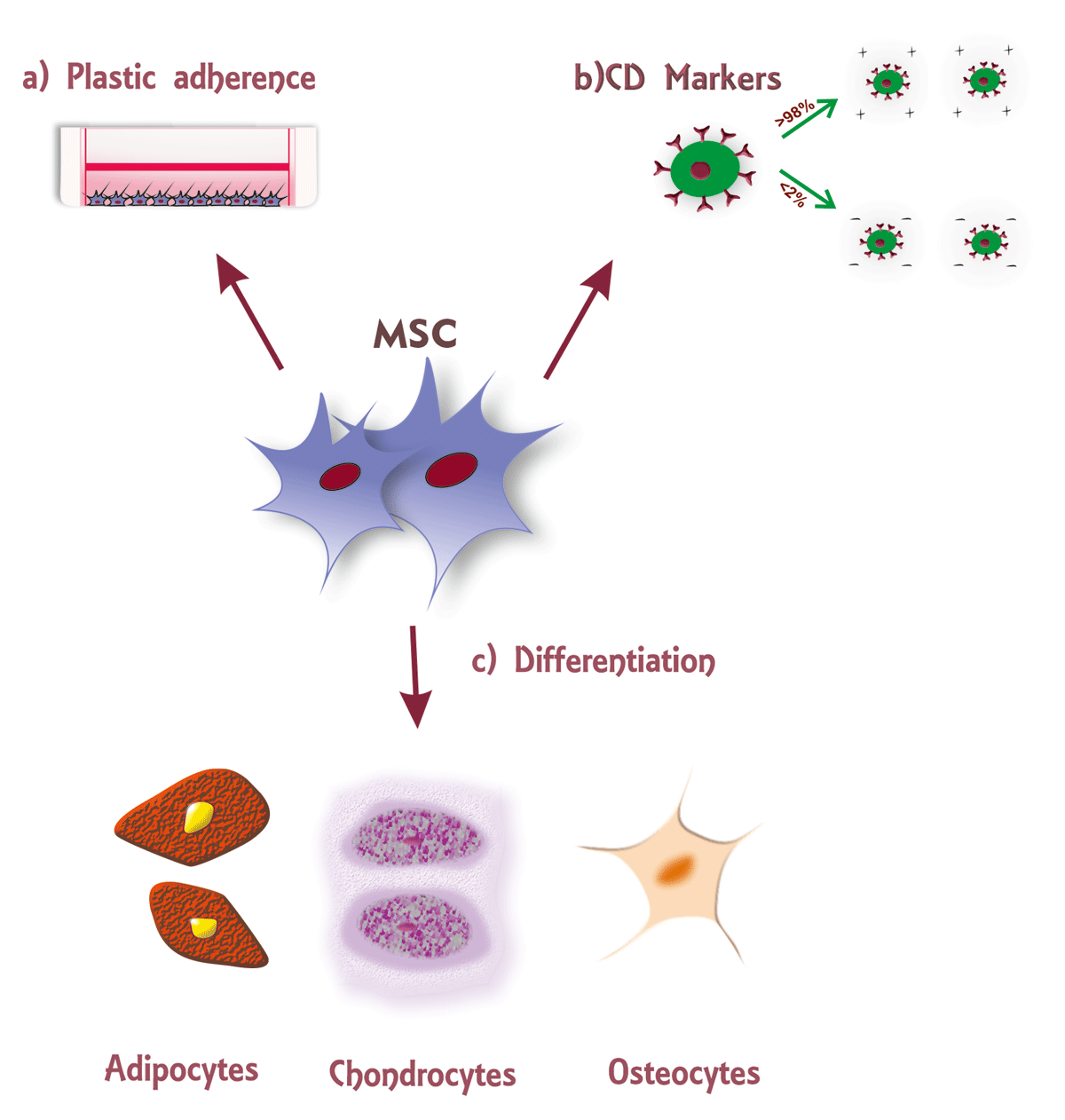Table of Contents
One is by changing right into new heart cells that replace damaged ones. This entails launching different aspects that stimulate tissue repair service and regeneration without actually becoming brand-new cells.
Even if the cells endure, they still have to connect with the heart's electrical system. Without the required electrical coupling, the cells can't sync with the heart's natural rhythm.
Scientists are running professional tests to find out what kind of stem cells work best, how to supply them safely, and how to minimize the total dangers entailed. They are also working with solutions like utilizing bioengineered encouraging scaffolds or genetics editing and enhancing to improve performance. Development is being made on a number of fronts, and each research obtains us a little closer to making stem cell therapy a normal component of heart treatment.
There's likewise early evidence that this treatment may lower the risk of heart failure after a cardiovascular disease. Stem cell treatment isn't a treatment allnot yetbut it's pointing us in the ideal direction. As research study proceeds we may quickly see a future where the heart can do what when appeared difficult: recover itself.

There are still challenges, like cell survival and correct combination, development is promising. Future methods and innovations like bioengineering and genetics modifying could unlock the full capacity of stem cell treatments, providing hope for individuals dealing with heart conditions. With cardiac stem cells, there's a chance for your heart to heal itself, resulting in much better outcomes and a much healthier future.
Can stem cells help with Atherosclerosis — what the science says
There is no therapy method that straight reinforces the heart muscular tissue other than stem cell therapy. Improvements at various levels were determined in 87% of patients receiving stem cell therapy for cardiac arrest and ischemic heart illness. Stem cells have the capability to treat unwell veins when they touch the unwell vein wall and they're additionally utilized to deal with cardiac arrest by developing into heart muscular tissue cells if there is weakness in the heart muscle mass.
Therapy is carried out utilizing endothelial, mesenchymal stem cells (derived from the person's very own adipose cells or bone marrow) or fetal stem cells. Stem cells are carried out intravenously to the individual.
Atherosclerosis, i.e. vessel tightness, is the major cause of complete stopping of blood circulation or decreased blood circulation. Several aspects such as high cholesterol, hypertension, cigarette smoking cause development of plaques in the vessel wall surface gradually and loss of flexibility of the vessel. These plaques expand gradually, tightening the capillary and can prevent sufficient quantity of blood from entering the vessel (persistent).
Heart disease treatments depend on the type and seriousness of the desease. Acute conditions such as heart strikes call for prompt medical treatments to decrease heart damages.
There is no therapy approach that straight enhances the heart muscle aside from stem cell treatment. Stem cells have the capability to treat ill capillaries when they touch the sick capillary wall surface. They're also utilized to deal with cardiac arrest by developing into heart muscular tissue cells if there is weakness in the heart muscles.
Breakthroughs in stem cell therapy for Atherosclerosis — what the science says
They increase the therapy of heart muscle mass inflammation and inflammation. In this means, the heart muscular tissue, the basic autoimmune system and other elements are dealt with.

The number of cells to be provided is determined according to the age and weight of the patient. Treatment is accomplished using endothelial, mesenchymal stem cells (originated from the person's own fat or bone marrow) or fetal stem cells. The choice is made according to the client's problem.
It boosts within a few hours after heart is harmed and stays in such degrees for approximately 2 weeks. CK-MB - an unique form of Creatine Kinase enzyme, which is mainly discovered in heart muscle mass. This enzyme raises when the heart muscle mass cells are harmed. Myoglobin - is a protein that is launched into the blood when the heart or other skeletal muscular tissue is hurt.
Table of Contents
Latest Posts
Regenerative support for Atherosclerosis that uses stem cells
Is stem cell therapy right for Peripheral Artery Disease with stem cells?
Regenerative injections targeting Heart Failure — what to expect
Navigation
Latest Posts
Regenerative support for Atherosclerosis that uses stem cells
Is stem cell therapy right for Peripheral Artery Disease with stem cells?
Regenerative injections targeting Heart Failure — what to expect